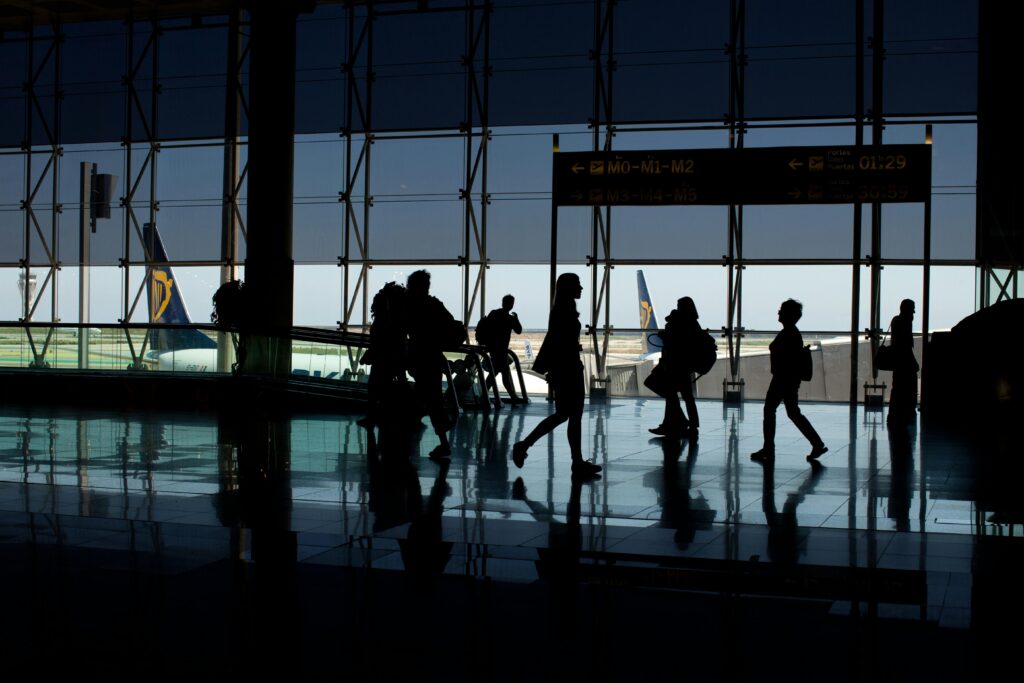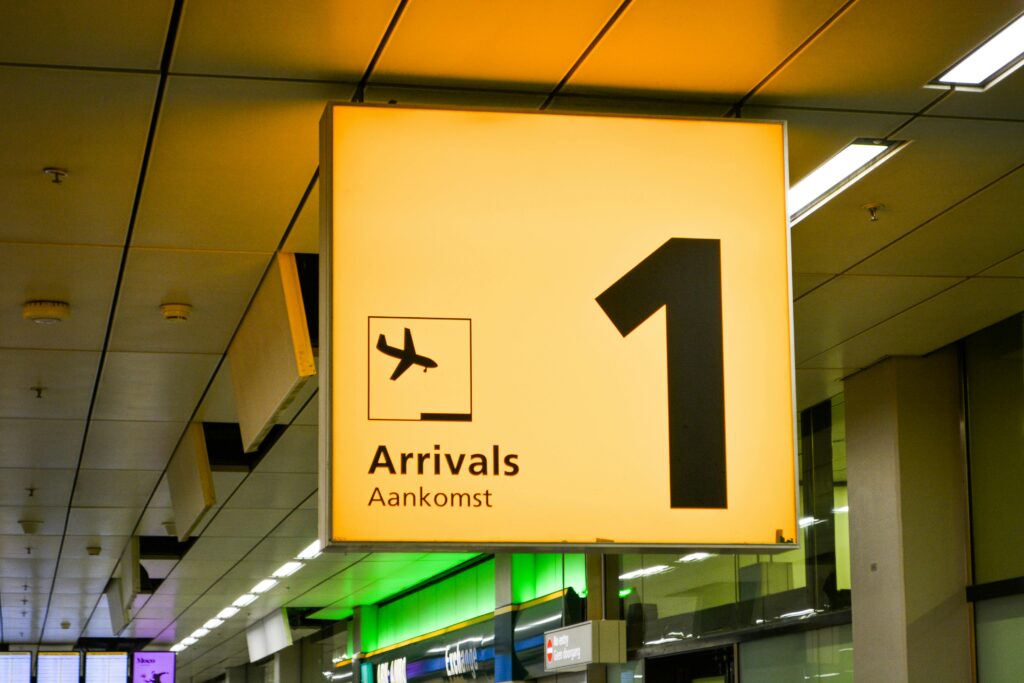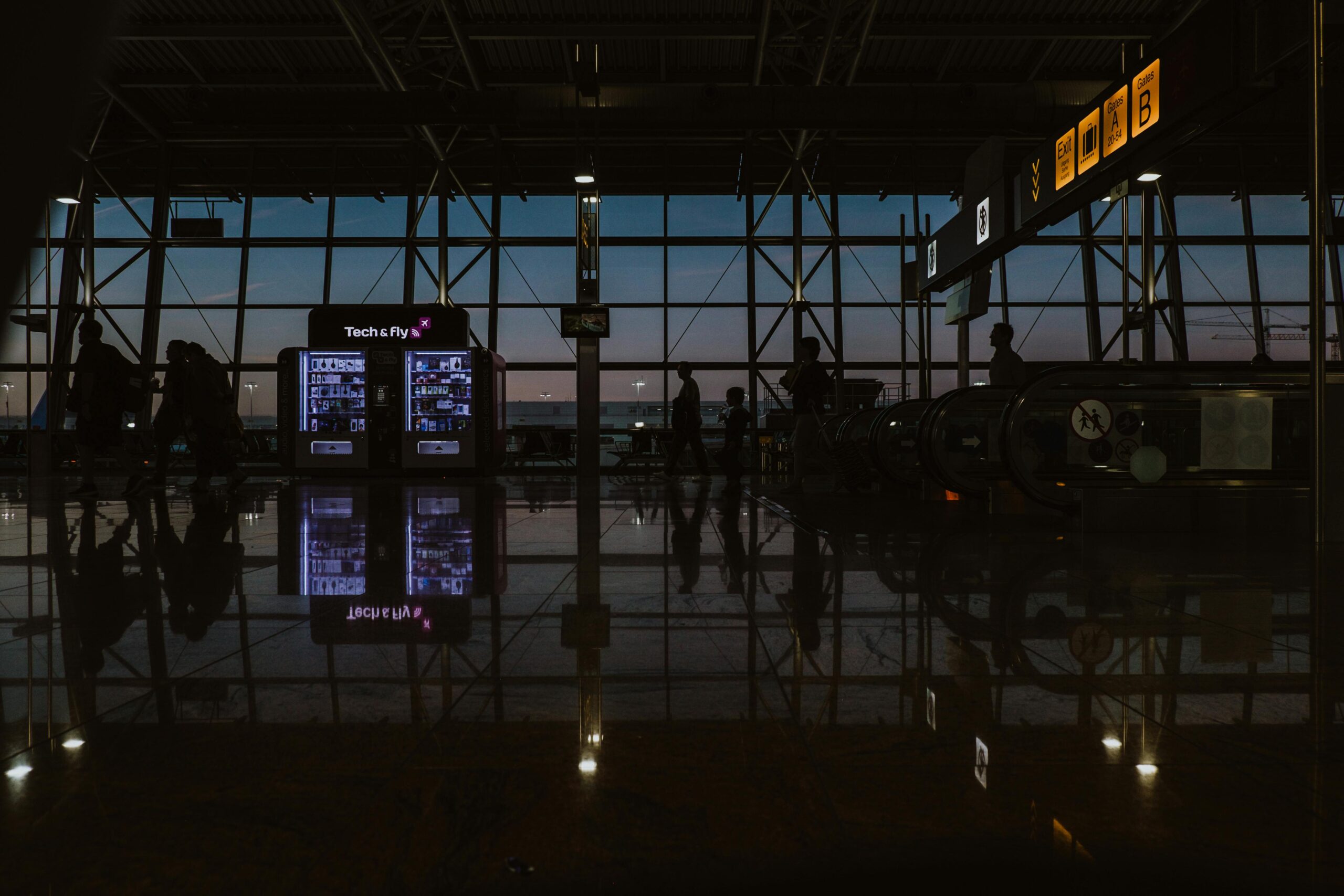Newark Liberty International Airport (EWR), one of the busiest travel hubs on the U.S. East Coast, is facing renewed scrutiny over chronic flight delays, cancellations, and operational bottlenecks. While airline staffing shortages and weather patterns often dominate headlines, recent disruptions have sparked political controversy, with critics pointing fingers at systemic issues in air traffic management and oversight.
A key figure in the debate? Tim Arel, COO of the Federal Aviation Administration (FAA), and Terry Duffy, a rising voice among critics of FAA regional operations, who is calling for urgent reform.

Newark: A Delays Epicenter
In 2024 and early 2025, Newark consistently ranked among the top three U.S. airports for flight delays, with peak disruptions during summer storms, holiday travel, and high-volume weekends. Some key stats:
- Average flight delay in 2024: 42 minutes
- Cancellations: Up 18% year-over-year
- Airspace congestion: More than 1,200 daily flights in/out of the NY/NJ corridor
Who Is Terry Duffy and Why Does He Matter?
Terry Duffy, a prominent voice in transportation oversight circles, has criticized what he describes as “bureaucratic inertia” within the FAA’s northeast corridor operations. His main concerns include:
- Outdated infrastructure: Duffy argues that radar-based systems and outdated runway configurations exacerbate delays.
- Inefficient scheduling: Airline flight schedules are “too optimistic” given current airport throughput capacity.
- Lack of coordination: Disconnected communications between ground crews, gate agents, and ATC cause ripple-effect delays.
Duffy is now urging congressional hearings into FAA staffing levels and airspace planning, particularly around Newark, LaGuardia, and JFK.
Root Causes of the Disruption
- Air Traffic Controller Shortages
Newark and the greater NYC area face one of the most severe shortages of certified air traffic controllers. FAA training bottlenecks, retirements, and a lack of pipeline support are contributing factors. - Weather Vulnerability
The airport’s location makes it highly sensitive to thunderstorms and coastal fog, both of which disrupt flight patterns and ground operations. - Terminal Congestion
Despite renovations, Terminal A and B frequently experience overcrowding and gate backlogs during peak hours. - Airline Scheduling Practices
Airlines routinely over-schedule flights, betting on favorable weather windows and optimal ATC routing. When disruptions hit, there’s little buffer capacity.

The Broader Fallout
- Passenger Experience: Travelers report missed connections, lost luggage, and rebooking nightmares.
- Economic Cost: Disruptions cost airlines millions in rebooking, crew overtime, and passenger compensation.
- Reputational Risk: Newark risks losing international prestige if disruptions persist, especially as JFK expands its own infrastructure.
Frequently Asked Questions
Q: Why is Newark so prone to delays?
A: Its location in the congested NY/NJ air corridor, limited runway layout, and understaffed ATC contribute to chronic delays.
Q: Who is Terry Duffy?
A: A transportation critic or possibly a public official pushing for federal-level reform to address FAA and airport mismanagement in the region.
Q: Is the FAA taking action?
A: The FAA has acknowledged the staffing shortages and plans to increase recruitment and improve scheduling algorithms, though timelines remain vague.
Q: What can travelers do?
A: Fly earlier in the day, avoid tight layovers at EWR, and monitor airline alerts proactively. Loyalty programs may offer better rebooking options.
Q: Is there hope for improvement?
A: Yes—ongoing terminal upgrades, NextGen airspace tech, and improved inter-agency coordination may ease pressure over the next few years.

Sources The New York Times


